What are the advantages of a convection oven?

Convection ovens provide uniform and rapid cooking due to their ability to maintain a consistent temperature, whereas traditional ovens may have areas of warmer or cooler air. In a conventional oven, hot air rises, which can lead to undercooked dishes on the bottom rack while the items on the top rack may burn. This issue is eliminated with a convection oven.
Additionally, the air circulation in a convection oven ensures that roast chicken has a perfectly crispy skin and that quick bread is beautifully browned.
What are the cons of a convection oven?
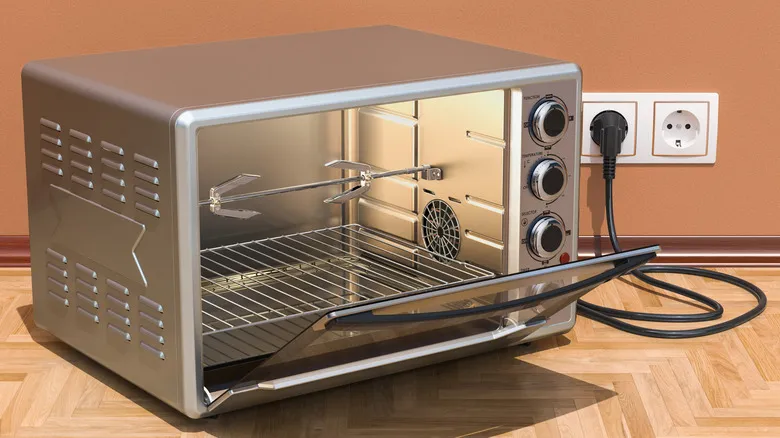
Convection cooking can lead to the exterior of a cake baking—and rising—more quickly than the center, which may cause the top to tilt to one side. The entire cake might dry out before it has fully risen. While some bakers manage fine with convection, it’s generally advisable to turn off the fans and opt for conventional baking when making cakes, particularly delicate ones like angel food cake or macarons.
Additionally, there’s the matter of cooking time. In a convection oven, food can sometimes cook up to 25% faster, so it’s wise to check your Thanksgiving turkey a bit earlier to avoid overcooking.
According to CNET, "Conventional ovens are usually 25 to 30 degrees cooler than a convection oven set to the same temperature." Therefore, if you’re using a convection oven, remember that most recipes (unless stated otherwise) provide cooking times and temperatures for a traditional oven, so you should lower the temperature by 25 degrees Fahrenheit. Some ovens offer both modes with built-in converters. Since convection ovens heat up quickly, preheating is often unnecessary, but it may still be a good idea, especially for baked goods.
What should you look for in a convection oven?
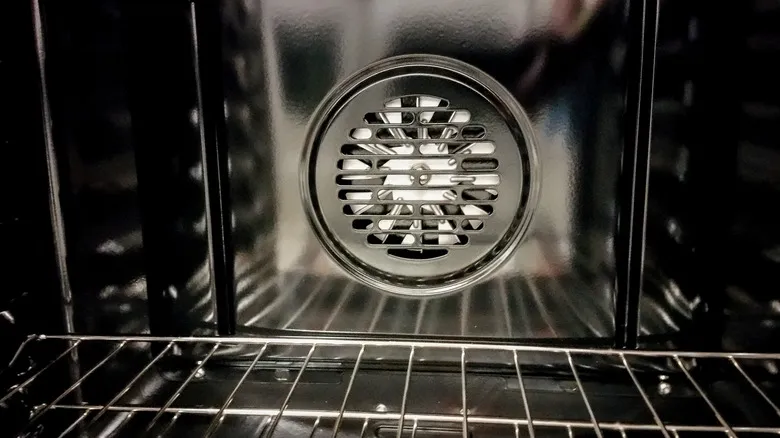
If you're considering purchasing a new oven, it's important to choose one that allows you to turn off the convection fan, advises Susan Reid, a recipe tester for King Arthur Flour, oven shopper, co-author of cookbooks, and editorial director of "Sift," the company's magazine. Reid, a graduate of the Culinary Institute of America and an instructor at the New England Culinary Institute, has extensive experience in the restaurant industry. She prefers ovens that feature four settings: bake, convection bake, convection roast, and broil.
Convection bake, which operates at a lower fan speed, is ideal for making perfectly dried or roasted tomatoes, as well as dehydrating various foods. On the other hand, convection roast, with its higher fan speed, excels at cooking larger cuts of meat with a crispy exterior and achieving beautifully caramelized vegetables. However, the strong airflow can sometimes cause cookies to shift on the baking sheet or create uneven "hats" on cupcakes, according to Reid.
Reid suggests using conventional oven settings for items like quick breads, cupcakes, wet muffin batters, layered cakes, angel food cakes, loaf cakes, sandwich breads, and sweet yeast recipes. However, some bakers have had success with convection-baked quick breads, so feel free to experiment as you see fit.
Other important tips when it comes to using this device
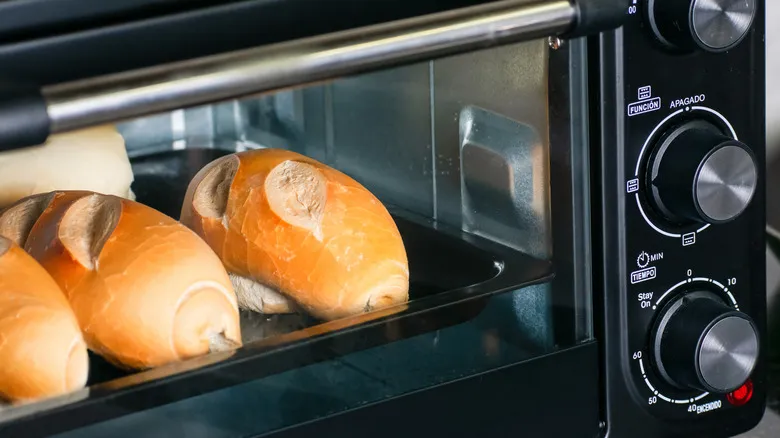
Always follow the recommended settings in the recipe—especially the first time you make it, advises Sommer Collier, a recipe developer and author of the A Spicy Perspective blog. When using the convection method, check your baked goods five to ten minutes before the suggested baking time. "I prefer convection for cookies and breads because it usually results in cookies that are fuller with a crispy outside and a soft center, as well as perfectly browned crusty bread," Collier mentions in her article, "100 Best Baking Tips and Tricks."
Another piece of advice regarding convection ovens from our sister site, CNET: "The best models feature an additional heating element near the fan, which ensures that the air circulating in the oven maintains a consistent temperature. A stable temperature allows for more even cooking compared to models that only have a fan. When shopping, look for terms like 'third-element convection,' 'true convection,' or 'European convection' to find ovens with this extra heating element."
Recommended
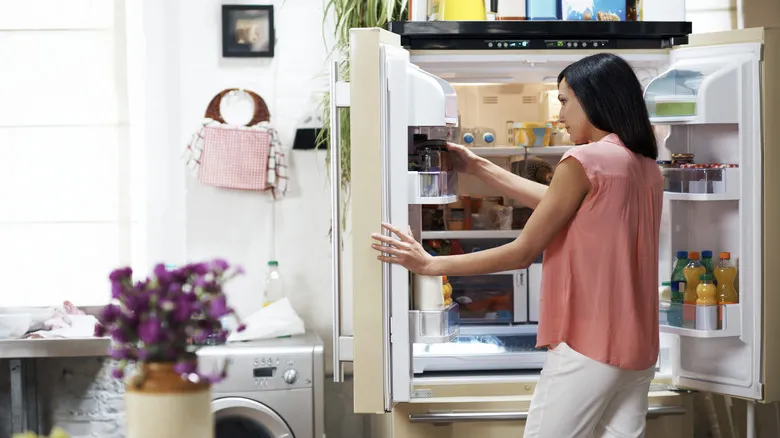
Storage Mistakes That Are Ruining Your Food
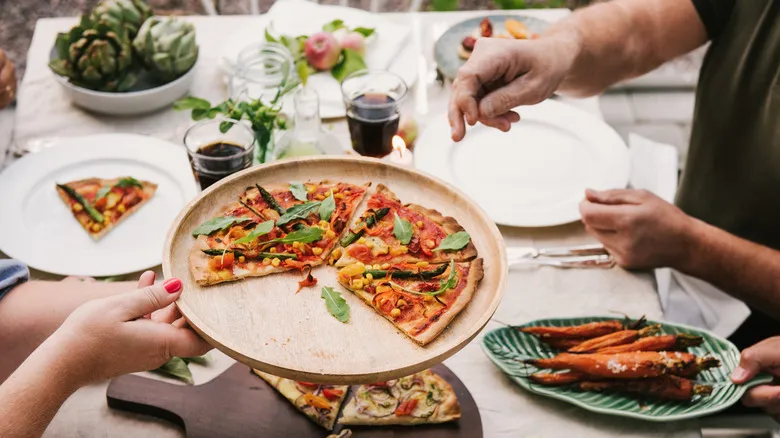
The Surprising Cheese Substitute That Will Improve Your Vegan Pizzas
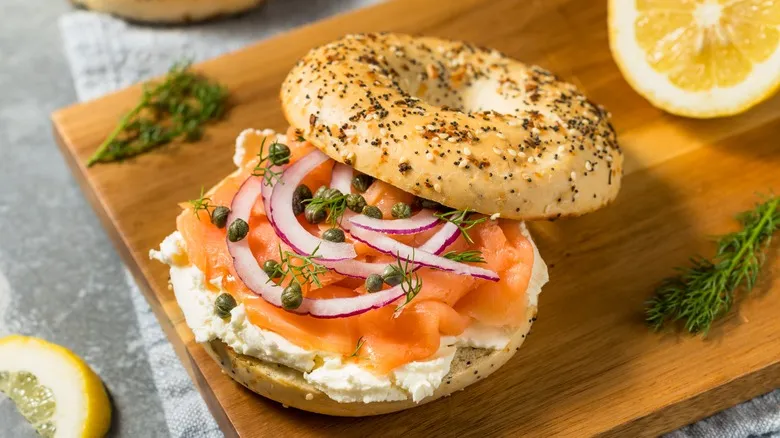
Turn Your Favorite Bagel Into A Savory Breakfast Casserole And Thank Us Later
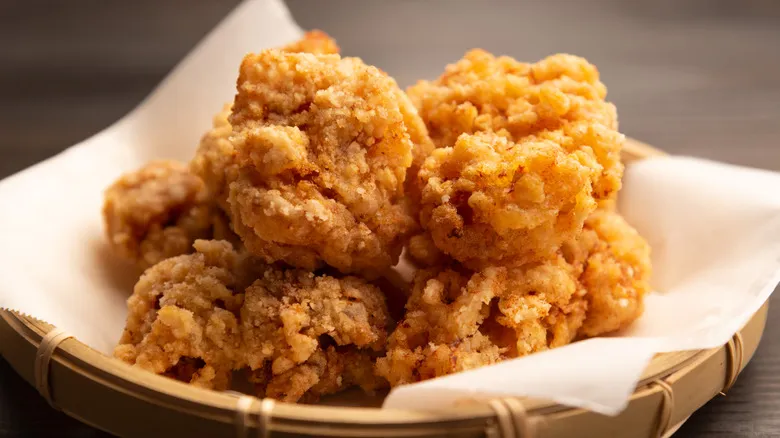
Boxed Potato Flakes Are The Simple Hack For Super Crispy Fried Chicken
Next up

